Mastering API Rate Limits: Reliable Crypto Data Integration
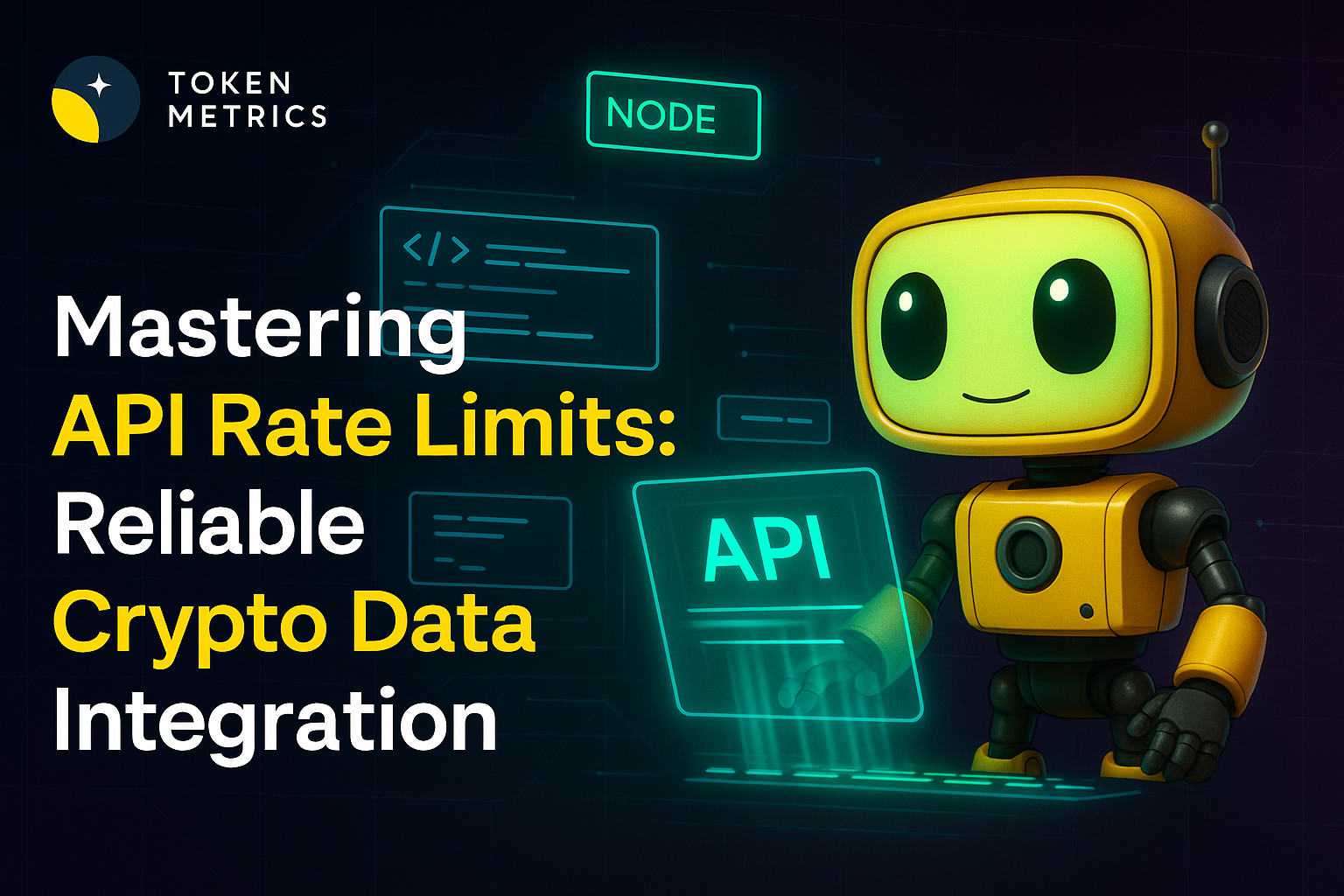
APIs are the backbone of most crypto applications, delivering vital real-time market prices, on-chain analytics, and network signals. Yet, while integrating a crypto data endpoint is powerful, developers quickly discover a common pain point: API rate limits. Mishandling these constraints can cause data gaps, failed requests, or even temporary bans—potentially compromising user experience or the accuracy of your analytics. Understanding how to manage API rate limits effectively ensures stable, scalable access to critical blockchain information.
Understanding API Rate Limits and Why They Exist
API rate limits are enforced restrictions on how many requests a client can send to an endpoint within a defined period—such as 60 requests per minute or 1,000 per day. Crypto data providers implement these limits to maintain their infrastructure stability, prevent abuse, and ensure fair resource allocation for all clients. The most common rate-limiting strategies include:
- Fixed Window Limiting: A set number of requests per calendar window, resetting at defined intervals.
- Sliding Window Limiting: Counts requests within a moving window, allowing more flexibility and better smoothing of spikes.
- Token Buckets and Leaky Buckets: Algorithm-based approaches to queue, throttle, and allow bursting of requests within defined thresholds.
Unintentional breaches—like a runaway script or a poorly timed batch request—will result in HTTP 429 errors (“Too Many Requests”), potentially leading to temporary blocks. Therefore, proactively understanding rate limits is crucial for both robust integrations and courteous API consumption.
Detecting and Interpreting Rate Limit Errors in Crypto APIs
When your app or research tool interacts with a crypto data API, receiving a rate-limit error is an opportunity to optimize, not a dead end. Most reputable API providers, including those specializing in crypto, supplement response headers with usage limits and reset timers. Key signals to watch for:
- Status Code 429: This HTTP response explicitly signals that you’ve exceeded the allowed request quota.
- Response Headers: Look for headers like
X-RateLimit-Limit,X-RateLimit-Remaining, andX-RateLimit-Reset. These values tell you your total quota, remaining requests, and when you can send requests again. - Error Messages: Many APIs provide contextual messages to guide backoff or retry behavior—pay close attention to any documentation or sample payloads.
Building logic into your client to surface or log these errors is essential. This helps in troubleshooting, performance monitoring, and future-proofing your systems as API usage scales.
Strategies to Handle API Rate Limits Effectively
Efficient handling of API rate limits is key for building dependable crypto apps, trading dashboards, and automated research agents. Here are recommended strategies:
- Implement Exponential Backoff and Retry Logic: Instead of retrying immediately on failure, wait progressively longer spans when facing 429 errors. This reduces the likelihood of repeated rejections and aligns with reputable rate-limiting frameworks.
- Utilize API Response Headers: Programmatically monitor quota headers; pause or throttle requests once the remaining count approaches zero.
- Batch and Cache Data: Where possible, batch queries and cache common results. For instance, if you repeatedly request current BTC prices or ERC-20 token details, store and periodically refresh the data instead of fetching each time.
- Distribute Requests: If integrating multiple endpoints or accounts, round-robin or stagger calls to mitigate bursts that could breach per-user or per-IP limits.
- Plan for Rate-Limit Spikes: Design your system to degrade gracefully when access is temporarily halted—queue requests, retry after the
X-RateLimit-Resettime, or show cached info with a ‘refresh’ indicator.
These techniques not only ensure consistent access but also demonstrate good API citizenship, which can be crucial if you later negotiate higher access tiers or custom SLAs with a provider.
Choosing the Right Crypto Data API Provider and Access Plan
Providers vary widely in their rate limit policies—public/free APIs typically impose strict quotas, while premium plans offer greater flexibility. When selecting an API for your crypto project, assess:
- Request Quotas: Are the given free or paid rate limits sufficient based on your projected usage and scaling plans?
- Available Endpoints: Can you consolidate data (e.g., batch price endpoints) to reduce total requests?
- Historical vs. Real-Time Data: Does your use case require tick-by-tick data, or will periodic snapshots suffice?
- Support for Webhooks or Streaming: Some providers offer webhooks or WebSocket feeds, greatly reducing the need for frequent polling and manual rate limit management.
- Transparency and Documentation: Comprehensive docs and explicit communication on limits, error codes, and upgrade paths make long-term integration smoother.
Regulatory and operational needs can also influence choice—some institutional settings require SLAs or security controls only available on enterprise tiers.
Unlocking Reliability with AI and Automation
The rise of AI agents and automated research scripts has made dynamic API rate-limit management even more critical. Advanced systems can:
- Dynamically Adjust Polling Rates: Use monitoring or predictive AI to modulate fetching frequency based on quota and data volatility.
- Contextual Decision-Making: Pause or prioritize high-value queries when usage nears the quota, supporting mission-critical research without service interruptions.
- Error Pattern Analysis: Leverage logs to identify patterns in rate limit hits, optimizing workflows without manual intervention.
Solutions like Token Metrics combine robust crypto APIs with AI-driven research—offering developers programmable access and insights while simplifying best-practice integration and rate management.
Build Smarter Crypto Apps & AI Agents with Token Metrics
Token Metrics provides real-time prices, trading signals, and on-chain insights all from one powerful API. Grab a Free API Key
FAQs About Handling API Rate Limits with Crypto Data Endpoints
What happens if I ignore API rate limits?
If you consistently exceed rate limits, you'll likely receive 429 errors, experience dropped requests, and risk a temporary or permanent ban. Responsible handling is essential for reliable data access.
Can I bypass rate limits by using multiple accounts?
Attempting to circumvent limits by creating many accounts or cycling IPs is discouraged and may violate API terms of use. It's better to work with providers for a proper upgrade or optimization strategy.
What libraries or tools help with rate limit handling?
Popular HTTP libraries like Axios (JavaScript), requests (Python), and HTTPX have built-in or community-supported retry/backoff plugins. Check your API ecosystem for recommended middlewares or SDKs supporting rate-limiting logic.
How does rate limiting differ between major crypto API providers?
Each provider implements unique quotas: some limit based on IP, API key, or endpoint type, and some support higher throughput via premium plans or batch querying. Always review documentation for specifics.
Should I contact support if I need higher API limits?
Yes. Many crypto API services offer tailored plans or enterprise integrations with higher quotas. Proactively communicating your use case helps unlock better terms and ensures ongoing support.
Disclaimer
This content is for educational and informational purposes only. It does not constitute investment advice, recommendation, or an offer to buy or sell any financial instrument. Use all APIs and tools in accordance with their terms and applicable regulations.

Create Your Free Token Metrics Account




Create Your Free Token Metrics Account





.png)
Power your platform with Token Metrics API
Access real-time crypto data, analytics, and grades.
Get Your Free API KeyCreate Your Free Token Metrics Account


Create Your Free Token Metrics Account














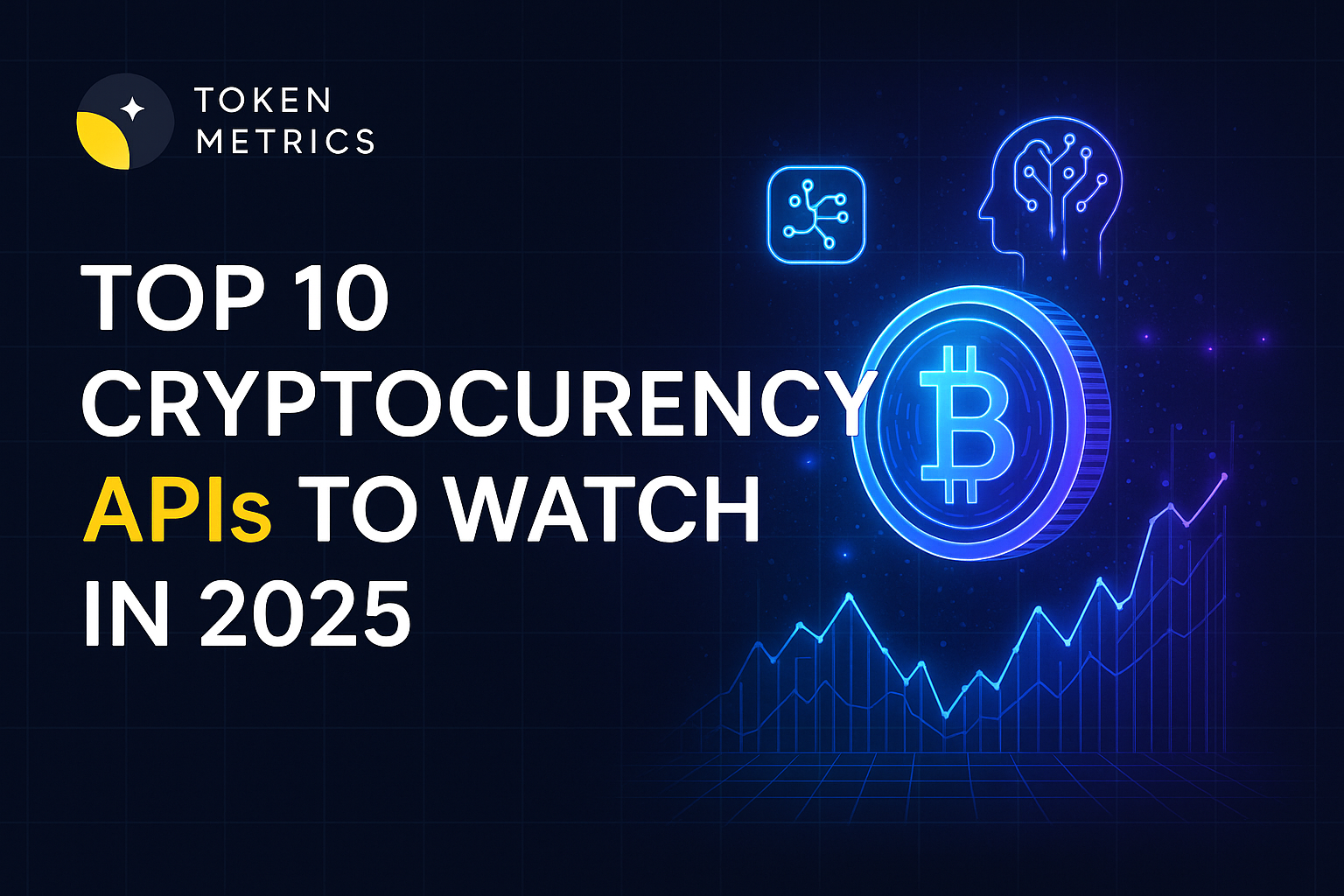
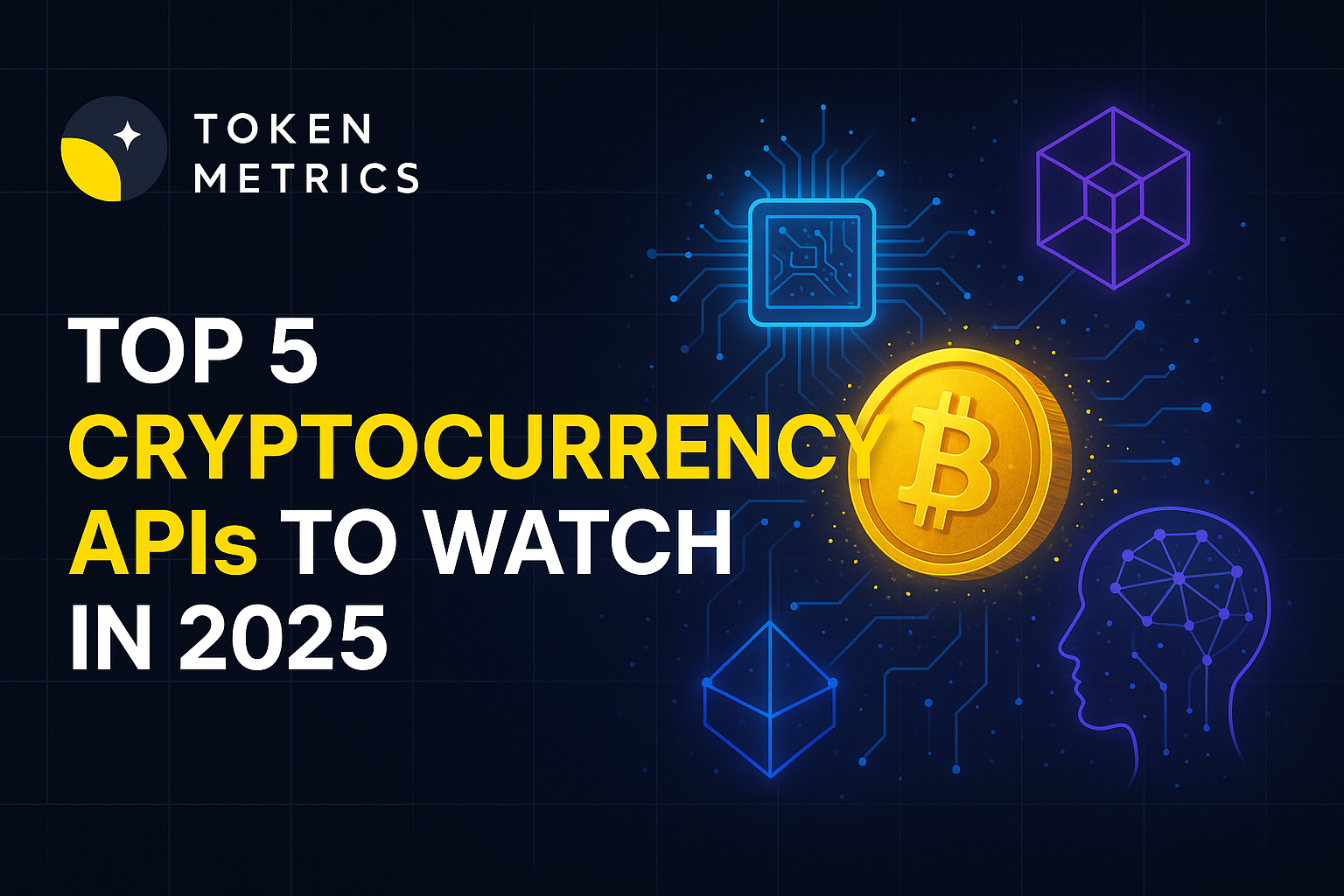
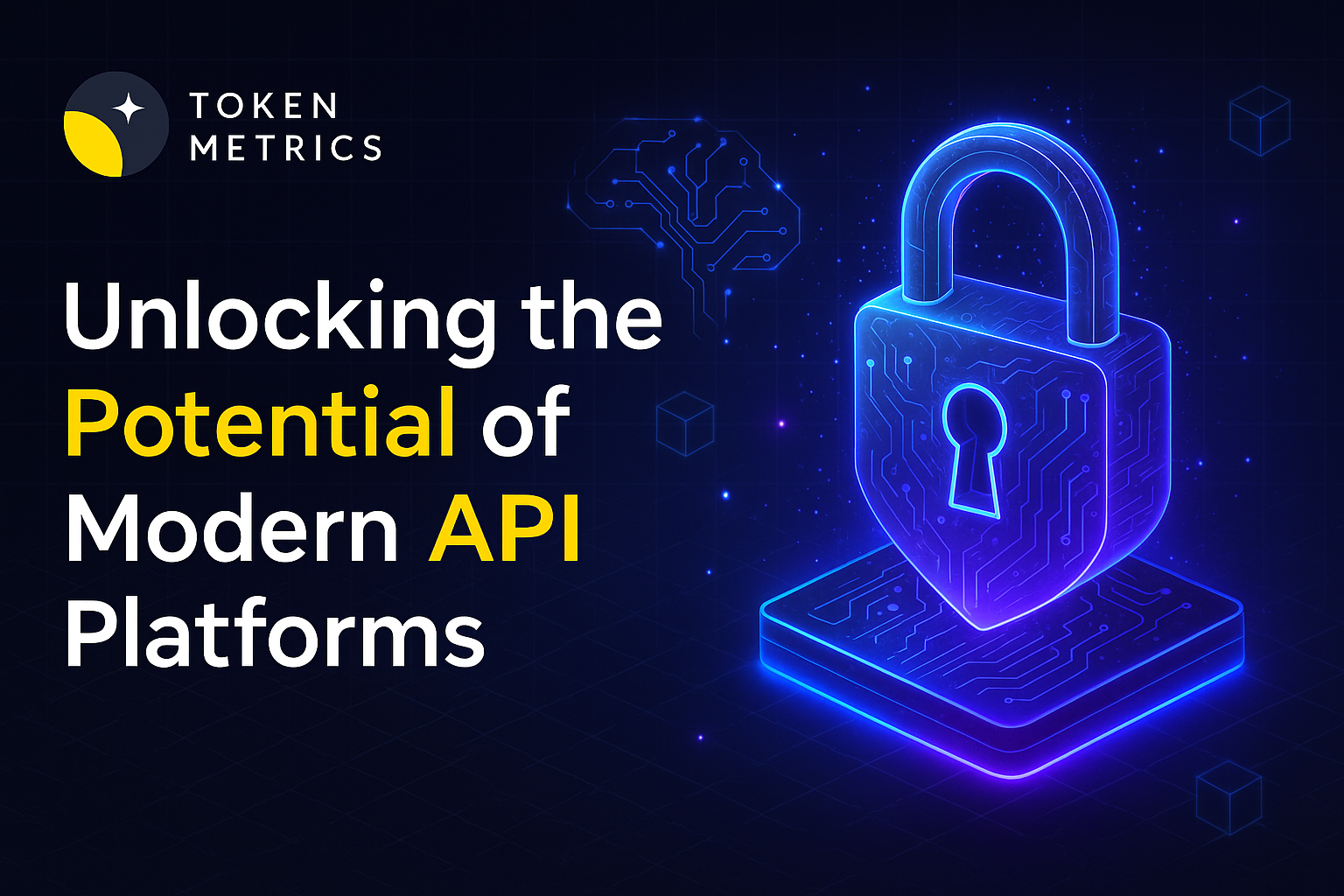
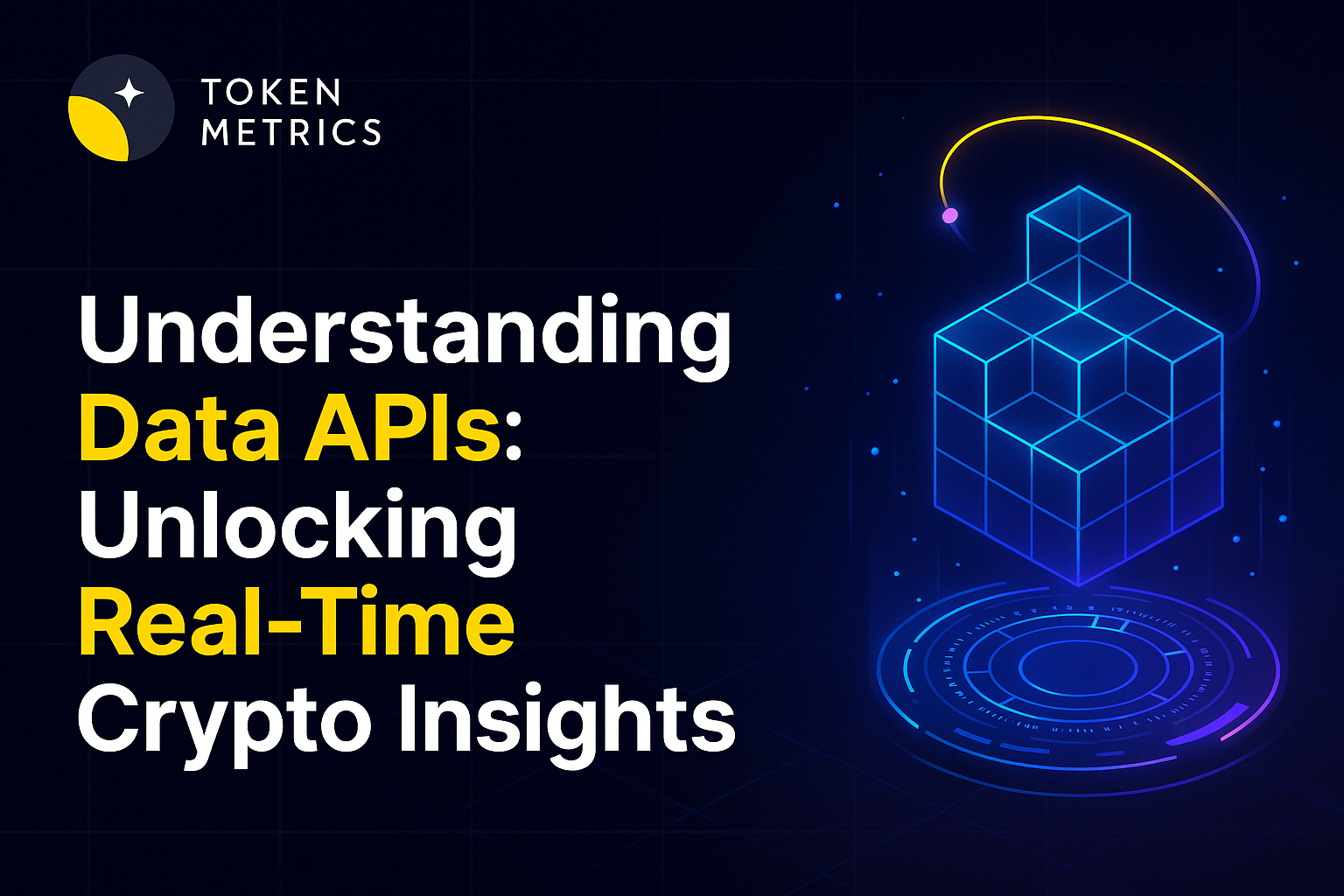
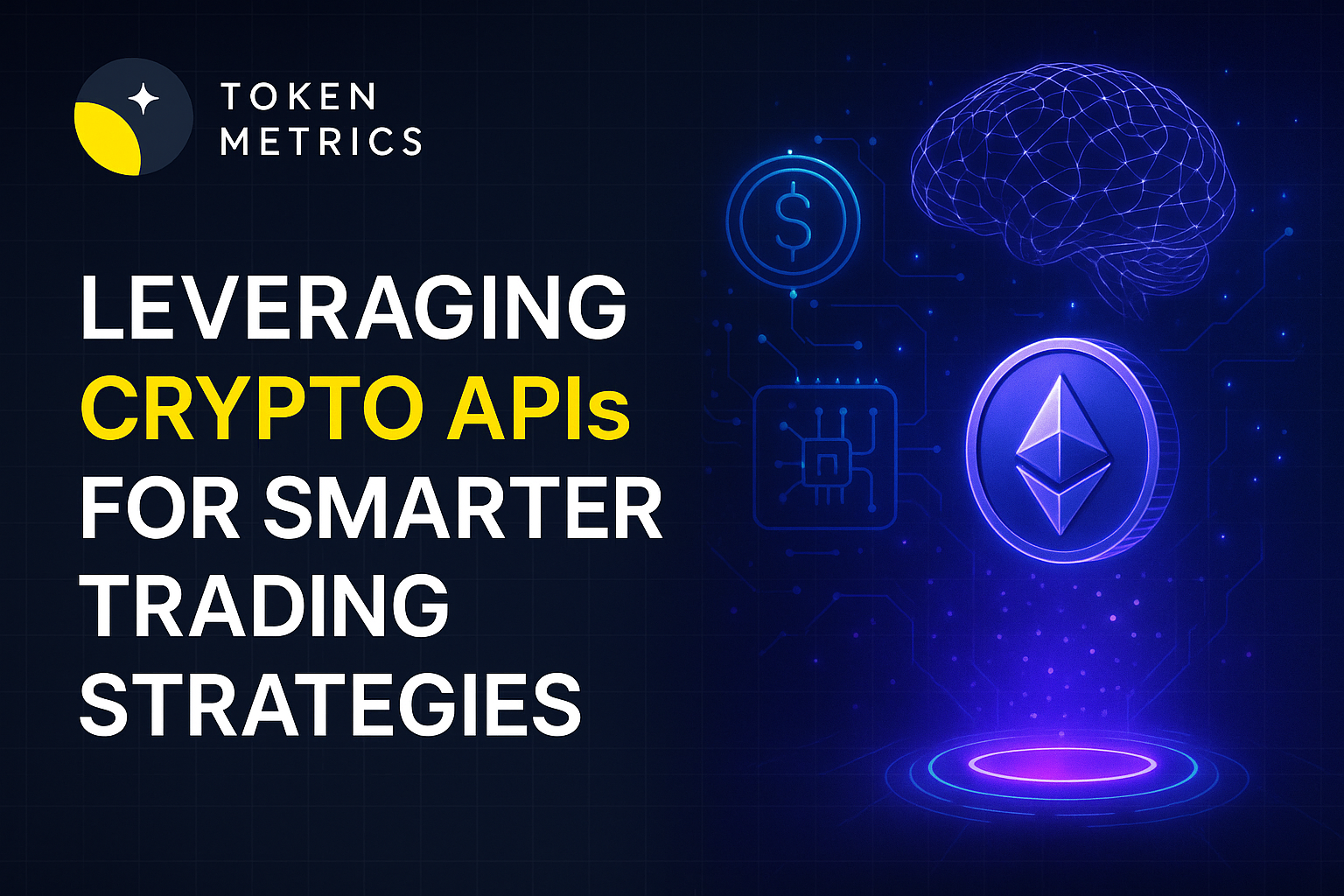
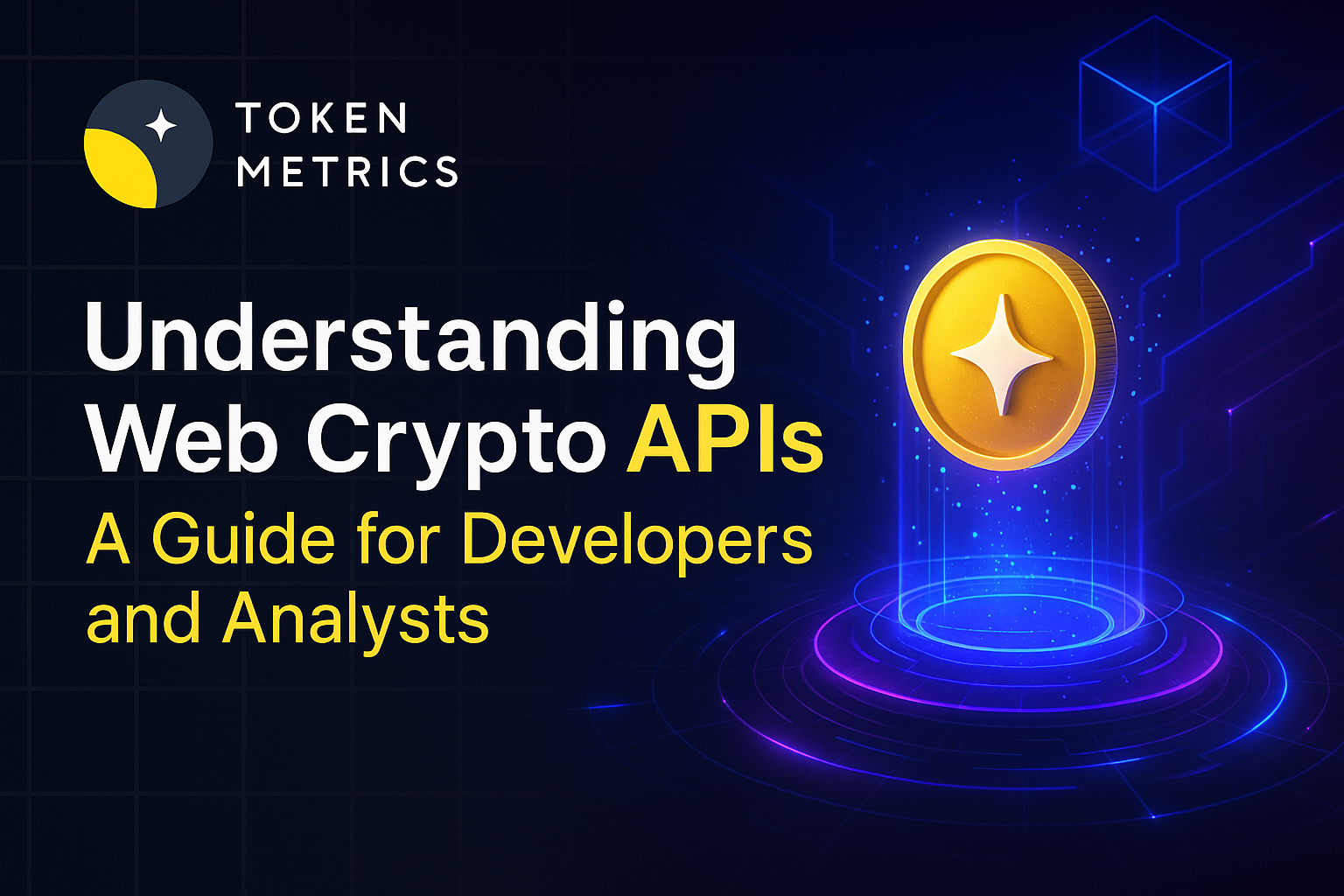

.svg)




.png)